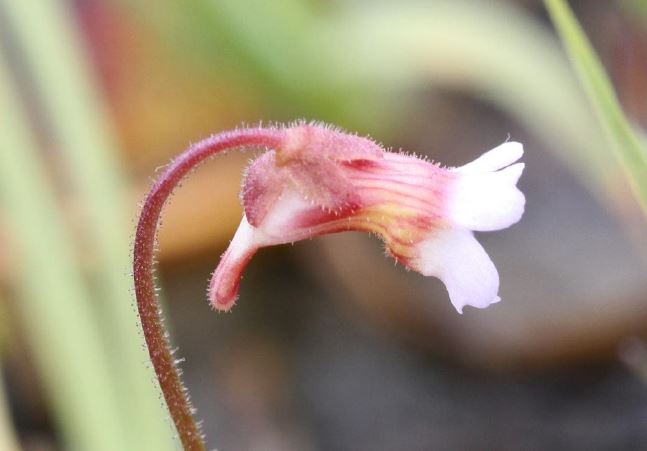Four more species accounts are now available: Pale Butterwort (Pinguicula lusitanica), White Beak-sedge (Rhyncospora alba), Least Bur-reed (Sparganium natans), and Lesser Bladderwort (Utricularia minor).

They tell the story of the decline of plants adapted to wet conditions in Somerset whether in open water or on acidic heaths, bogs and mires. This has been most evident on the lowland acid peats of the Somerset Levels but has also affected the uplands of south and west Somerset. Drainage for agriculture, peat extraction, eutrophication, and afforestation have all contributed to this decline.
Pale Butterwort at Yarty Moor. Photo © Fred Rumsey













